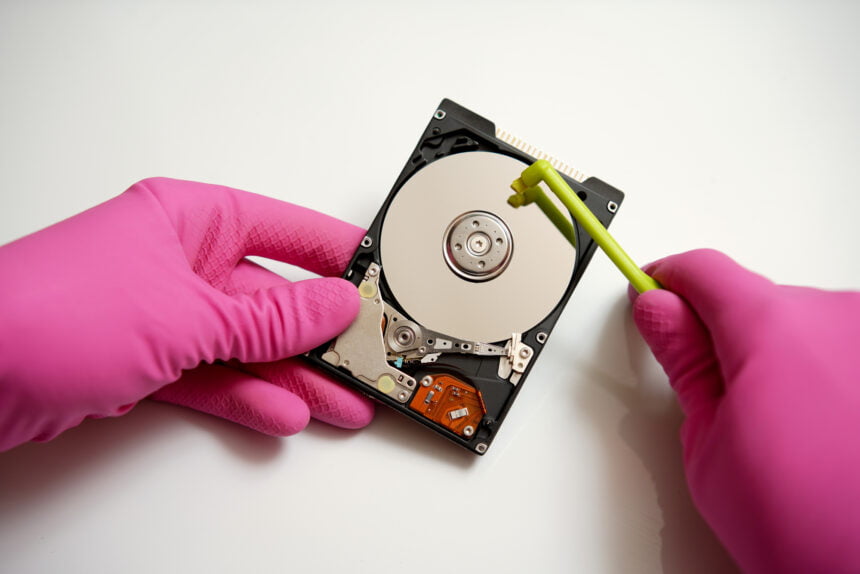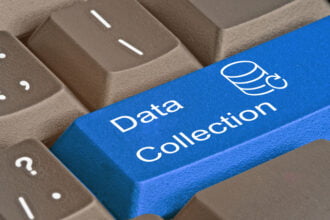Big data technology has helped businesses make more informed decisions. A growing number of companies are developing sophisticated business intelligence models, which wouldn’t be possible without intricate data storage infrastructures.
The Global BPO Business Analytics Market was worth nearly $17 billion last year. This market is growing as more businesses discover the benefits of investing in big data to grow their businesses.
Unfortunately, some business analytics strategies are poorly conceptualized. One of the biggest issues pertains to data quality. Even the most sophisticated big data tools can’t make up for this problem.
Your business analytics strategy can only be as good as the data you’re using to feed them. If that data is tainted, inaccurate, or just plain wrong, your whole operation could be thrown off course. That’s why data cleansing is so important – it’s the process of making sure your data is clean, complete, and consistent before you use it for anything critical.
Here’s a closer look at what data cleansing entails, and why it’s essential for any business that relies on data analytics.
Data cleansing and its purpose
Data quality is vital to the viability of any business analytics model. Therefore, it is important for businesses to take reasonable steps to remove inaccurate, outdated and irrelevant data from their data sets.
Data cleansing, or data scrubbing, is the process of analyzing and improving the quality of data stored in a database or other system. Its purpose is two-fold: first, to ensure that all data meets its intended specifications; second, to identify and remove invalid or erroneous records that can disrupt the analysis process.
This rigorous process involves identifying duplicates and incomplete records, removing outdated entries, formatting data according to regional or design standards, correcting misspellings and typos, coding open-ended answers into predetermined categories, verifying values against external sources where applicable, and filling in missing fields where possible. Data cleansing activities incorporate techniques such as data deduplication and data standardization to ensure data is accurate and valid.
In summary, data cleansing helps organizations obtain reliable information that can be used with confidence in decision making.
Basic steps of the data cleansing process
Data cleansing is an essential part of data processing operations. It involves a four-step process: identifying, standardizing, removing unneeded data, and validating results.
First, identify the potential errors or inconsistencies in your data sets. This can be done using a data cleansing solution like WinPure that lets you identify the noise affecting your data. You can identify fields with odd characters, with typos, errors, and much more.
Second, standardize the way you are presenting the data so that each field is formatted correctly for analysis. Also known as data standardization, this process ensures all your records have the same standards – for example, all dates have a DD/MM/YY format.
Third, perform a data matching process to ensure there duplicates are treated or removed to ensure the data set does not have duplicates affecting accuracy.
Finally, the treated records are saved into a master record which acts as a unique dataset for teams to work on.
When all these steps are complete, organizations can be confident in the insights their analyses provide.
How does data cleansing improve business analytics
Data cleansing is an invaluable element for any organization looking to get accurate results from their business analytics. By standardizing, validating, and enriching data in a system, the organization’s data quality can be improved significantly which ensures that the analytics results produced provide an accurate picture of the current situation.
This kind of intelligence puts organizations at an advantage when making important decisions, giving them the power to recognize patterns and trends quickly without questioning the accuracy of the data. Data cleansing can also help boost the speed of analysis — by removing redundant or incorrect records, this tedious process becomes more efficient and worthwhile. As such, knowledge about data cleansing is essential for maintaining excellence in analytics-based decision-making.
The consequences of not cleansing data properly
Not properly cleansing data can be a costly mistake. Without cleansing, data sets may contain duplicated or outdated information, which could lead to flawed conclusions if used for analysis.
In addition, software that relies on organized and easily accessible databases may be compromised due to incorrect formatting. Even worse are potential security risks associated with leaving sensitive personal data within a dataset without proper cleansing.
Data that is unsystematic and includes unnecessary information can not only needlessly strain IT systems but can also attract cyber attackers who seek out weaknesses in network infrastructures. Companies should therefore always make sure to have procedures in place during their data collection process that ensure efficient and secure cleaning of datasets.
Tips for successful data cleansing
Data cleansing isn’t a one-time activity. It is a strategic activity that demands an understanding of the data and its sources, including causes of errors and what can be done to minimize the transition of poor data into downstream applications.
Companies can improve on the efficacy of their data cleansing efforts by first creating a series of data governance rules such as establishing data validation rules to ensure users don’t type in extra letters or numbers.
Additionally, providing data quality training to business users can help them identify as well as prevent errors – such as dealing with duplicate entries with the use of automation tools.
Staying organized, having clear objectives for each task and implementing an automated procedure for reviewing data will also help streamline your data cleansing successes.
A case study on how data cleansing impacts businesses
To demonstrate the impact it can have, two case studies are worth mentioning. The first belonged to a business providing marketing services. The company’s analytics always showed inaccurate customer acquisition figures. They always thought they were underperforming while in fact, they had been doing quiet well, which meant they were always changing strategies because the data did not reflect the effort they were putting in. The team decided to do a deep-dive into their data and identified that they had been obtaining duplicate entries caused by a flaw a web form! On rectifying the source of error and removing duplicates, the company was able to identify its best performing strategies and were able to amplify business outcomes.
To Conclude – clean data makes for reliable analytics
Big data strategies are only valuable if they are built on quality data. Therefore, companies need to take stringent measures to ensure the data they store is accurate, valuable and relevant.
By cleansing your data, you can improve its quality, which will have a positive impact on various aspects of your business such as decision making, customer satisfaction, and analytics. There are several common methods of data cleansing, including manual correction, standardization, de-duplication, and validation. When carrying out a data cleansing project, it is important to first assess the state of your data, identify objectives and KPIs, select appropriate methods based on those objectives, execute the project according to plan, and track results afterwards. With these tips in mind, you should be well on your way to improving your organization’s data quality.








